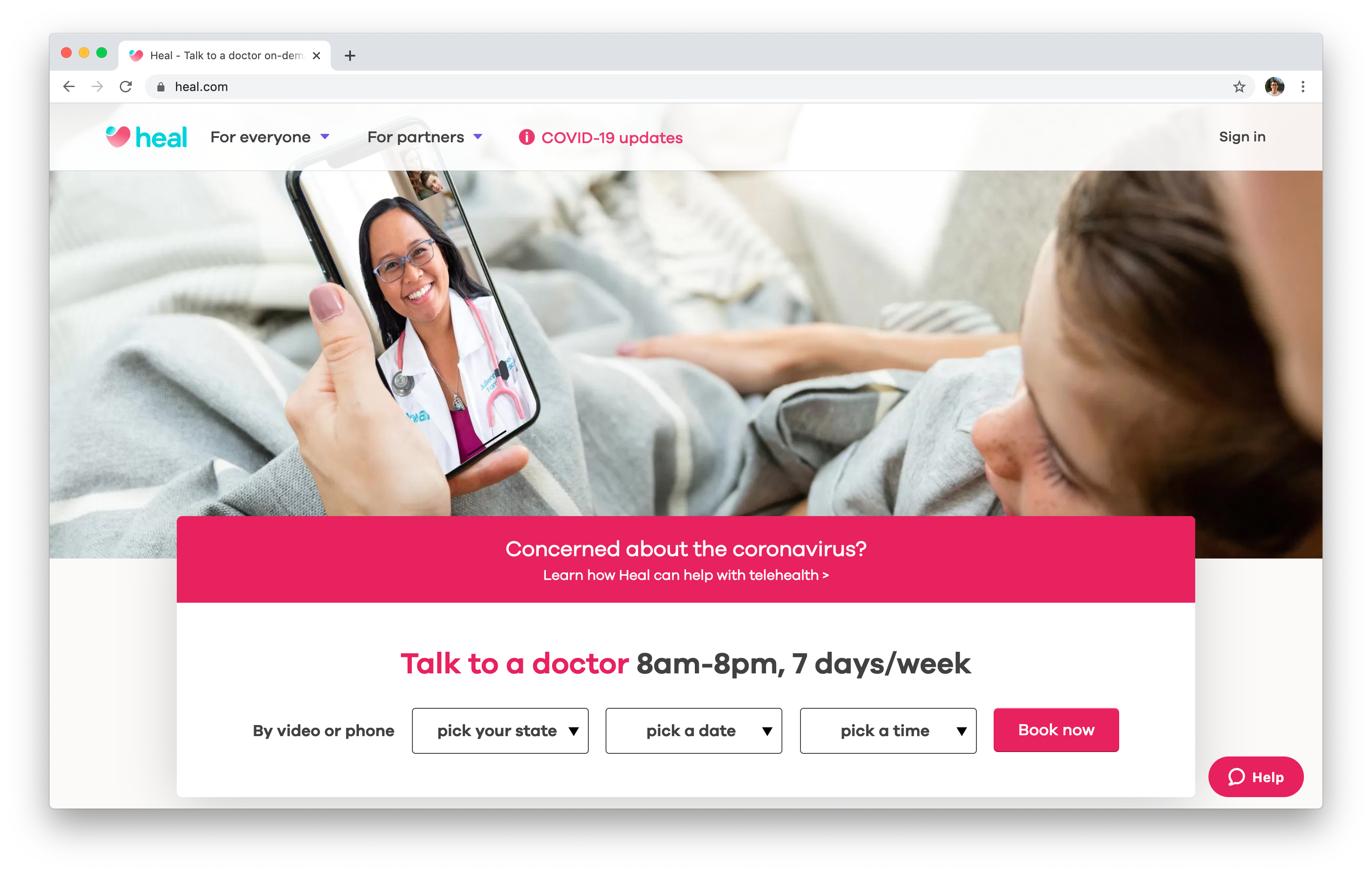Discover the Advantages of Subscription Based Healthcare for Affordable Medical Care
Discover the Advantages of Subscription Based Healthcare for Affordable Medical Care
Blog Article
Comprehending the Cost-Effectiveness of Subscription-Based Healthcare Versions
As the healthcare landscape evolves, subscription-based models emerge as a compelling choice, assuring to redefine exactly how individuals handle medical expenses. Assessing these models' cost-effectiveness necessitates a nuanced contrast with typical insurance policy, taking into consideration both monetary ramifications and client complete satisfaction.
Overview of Subscription-Based Versions
Subscription-based medical care designs, in some cases described as straight health care or attendant medication, are increasingly gaining focus as a prospective solution to inadequacies within standard health care systems. These models operate the principle of offering people straight access to doctor through a annual or month-to-month fee, bypassing the demand for standard insurance devices. This arrangement intends to improve patient-provider communications by decreasing management problems, which typically prevent timely and personalized care.
At the core of subscription-based versions is the emphasis on a much more personalized individual experience. Patients take advantage of boosted access to their doctors, often consisting of next-day or same-day visits, expanded consultation times, and direct interaction channels such as phone or video telephone calls. This model promotes an aggressive method to medical care, where patients and companies can collaboratively concentrate on preventative treatment and chronic disease administration.

Expense Comparison With Typical Insurance Policy

One of the primary financial advantages of subscription models is transparency in costs. Patients pay a foreseeable cost, which can streamline budgeting and economic preparation. Furthermore, these designs usually get rid of co-pays and deductibles for covered services, reducing out-of-pocket spending. Alternatively, typical insurance policy might be a lot more helpful for individuals requiring specialized care or pricey therapies not covered under a membership model, as they benefit from the more comprehensive insurance coverage network and cost-sharing systems.
However, cost-effectiveness is context-dependent. While registration versions might supply cost savings for those largely needing health care, people with chronic problems or specialized healthcare requirements could find typical insurance a lot more comprehensive. Reviewing specific health care needs and possible use is important in figuring out the most cost-efficient option for individuals.
Effect on Person Satisfaction
Patient satisfaction within subscription-based medical care versions commonly shows a significant renovation over typical insurance coverage systems. Unlike conventional systems, where patients could experience delays in receiving treatment, subscription-based designs ensure even more direct and prompt communications with health care service providers.
Moreover, the openness in costs related to subscription-based health care alleviates the common stress associated to unexpected costs and complex payment processes seen in typical insurance coverage (subscription based healthcare). People appreciate recognizing the precise economic commitment upfront, bring about enhanced trust and confidence in their medical care administration
In addition, the emphasis on precautionary treatment and wellness in membership versions adds to boosted health results, better click here to read improving person complete satisfaction. By concentrating on ongoing health and wellness upkeep as opposed to episodic treatment, patients experience a more all natural and continual medical care journey.
Additionally, the improved provider-patient partnership fostered in these models, defined by even more time invested per person and customized interest, plays a crucial function in raising person satisfaction levels, as individuals really feel genuinely taken care of and recognized.
Provider Experiences and viewpoints
From the provider's viewpoint, subscription-based healthcare designs use a transformative technique to supplying clinical services. These models emphasize a proactive and preventative healthcare technique, allowing companies to concentrate on detailed person treatment without the constraints of conventional fee-for-service arrangements (subscription based healthcare). This shift in focus frequently leads to improved patient results and increased company complete satisfaction, as healthcare professionals can allot even more time and resources to client engagement and personalized treatment plans
Furthermore, subscription versions promote predictable revenue streams, which boost economic stability for doctor. This predictability allows for improved source preparation and allotment, contributing to an extra efficient medical care shipment system. Companies can purchase personnel facilities, training, and technology enhancements, therefore improving the top quality of care supplied.
Nevertheless, the shift to subscription-based versions is not without obstacles. Regardless of these difficulties, many service providers discover that the benefits of enhanced individual communication and streamlined operations exceed the preliminary difficulties, making subscription-based designs an appealing choice.
Future Potential Customers and Difficulties

A main challenge is governing compliance, as subscription versions should comply with advancing health care policies and insurance policy demands. This demands constant adaptation and advancement to guarantee placement with legal criteria. Furthermore, incorporating these designs right into existing health care infrastructures can be complicated, requiring considerable investments in innovation and training.
There is additionally the prospective threat of creating injustices in medical care accessibility, as subscription designs might prefer those that can manage them, leaving prone populations underserved. Resolving this requires thoughtful consideration of rates techniques and aid mechanisms to guarantee inclusivity.
Verdict
Subscription-based health care designs offer a practical choice to traditional insurance coverage by supplying financial predictability and transparency, specifically profiting individuals with chronic conditions or regular medical care needs. The cost-effectiveness of these models is contingent upon private medical care use useful content patterns and circumstances. While they may improve individual satisfaction and streamline budgeting, difficulties stay in attending to specialized treatment demands. Future factors to consider consist of balancing comprehensive coverage with cost and integrating these designs within the wider health care system for ideal results.
Subscription-based healthcare models, sometimes referred to as straight main care or concierge medication, are significantly getting interest as a potential solution to inadequacies within typical health care systems. Unlike conventional systems, where patients could experience hold-ups in receiving treatment, subscription-based designs guarantee even more straight and timely interactions with medical care carriers.
These designs emphasize a preventative and positive healthcare approach, enabling service providers to concentrate on detailed patient treatment without the constraints of typical fee-for-service plans. As these versions continue to gain grip, they offer the prospective to revolutionize person access to care, simplify service distribution, and optimize medical care spending.Subscription-based health care models provide a viable option to typical insurance coverage by supplying financial predictability and openness, particularly benefiting people with persistent conditions or regular healthcare requirements.
Report this page